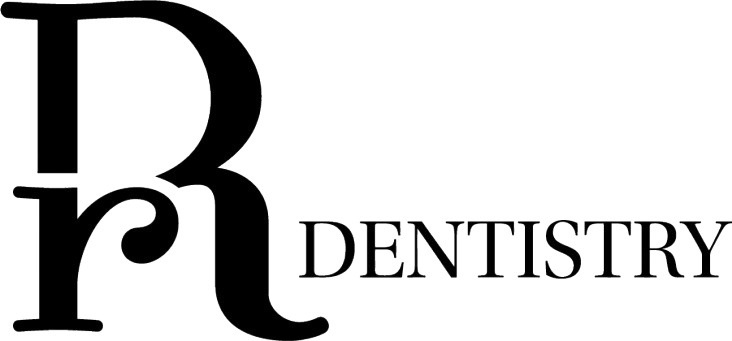As many as 70 million American adults suffer from sleep disorders, of which sleep apnea is one of the most common. Choosing a dental practice for the treatment of a sleep disorder may not seem obvious at first.
However, because obstructive sleep apnea (OSA) involves your mouth and jaw, it’s not surprising that the providers at RR Dentistry in Georgetown, Texas, are sleep apnea specialists. Better still, their OSA solutions don’t include the bulky and uncomfortable continuous positive airway pressure (CPAP) devices.
What is obstructive sleep apnea?
OSA is the most common form of sleep apnea, and it occurs when tissues at the back of your mouth and in your throat relax and collapse during sleep, constricting the flow of air enough to interrupt breathing. This is the same situation that causes snoring.
It’s possible to snore without having OSA, but if you have OSA, you also snore. As your soft palate and other throat tissue collapse, the smaller passageway forces air to accelerate as you breathe, causing relaxed tissue to vibrate and creating the sounds of snoring.
More concerning, breathing stops when you have OSA, often multiple times a night, forcing your brain to interrupt your sleep cycle to restart breathing. You may not be aware of these interruptions because you may not wake fully, but you lose valuable time in the deep and restorative parts of sleep. You could wake in the morning still feeling tired, despite what should be an adequate period of rest.
Treating OSA
Preventing tissue collapse is the key strategy behind OSA treatment. Simply, if your airways stay open, air won’t accelerate, tissue won’t vibrate, and sleep isn’t interrupted.
A common approach is using a CPAP device, which delivers pressurized air into your nose and mouth as you sleep. Patients often complain that the devices are uncomfortable, noisy, and bulky. There are, however, several non-CPAP treatment approaches to accomplish these goals.
Three therapies that the professionals at RR Dentistry recommend include:
HealthyStart® System
Targeted toward children, the HealthyStart System works like other clear aligner systems that guide teeth into place. Unlike other aligners, HealthyStart works from the time teeth erupt through the gums. Addressing tooth alignment early also influences the growth and alignment of the lower jaw. When the jaw develops correctly, OSA becomes less likely.
The Vivos® Method oral appliances
Adults can benefit from oral appliances that position the lower jaw in such a way that prevents tissue collapse. Resembling an orthodontic retainer, Vivos appliance is custom-made using 3D scans of the inside of your mouth. Not only does the appliance relieve OSA, but your jaws and teeth gradually move to an optimal position. It’s better sleep that also improves your smile.
Solea Sleep laser treatment
A 5-minute laser treatment that you may not even feel can tighten the collagen tissue in your soft palate for up to 15 months, reducing the occurrence of OSA. With the selective application of heat, collagen fibers become less flexible. The Solea Sleep procedure delivers a wavelength of laser light that soft palate collagen absorbs. The energy transfer gently warms and tightens the soft palate, making it less prone to collapse.
Talk to your dentist about sleep apnea
The sleep apnea experts at RR Dentistry can also recommend lifestyle changes to support your OSA treatment. Find out more by scheduling a consultation by phone or online. Sleep better and enjoy alert and active days. Make an appointment now.
